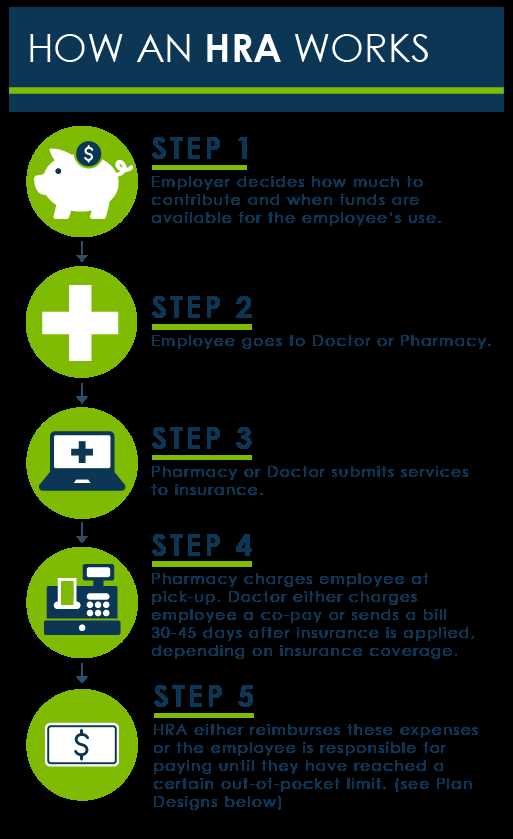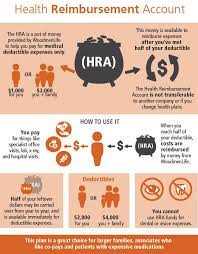What is a Health Reimbursement Arrangement?

A Health Reimbursement Arrangement (HRA) is a benefit plan that allows employers to reimburse employees for qualified medical expenses. It is a tax-advantaged account that can be used to pay for a variety of medical expenses, including doctor visits, prescription medications, and hospital stays.
How does an HRA work?
With an HRA, employers set aside a certain amount of money for each employee. This money can be used to reimburse employees for eligible medical expenses. Employees can submit receipts or other documentation to their employer to request reimbursement.
Key features of an HRA:
- Employer-funded: The HRA is funded solely by the employer, and employees do not contribute to the account.
- Tax-advantaged: Contributions made by the employer are tax-deductible, and reimbursements to employees are tax-free.
- Flexible: Employers can customize the HRA to meet the specific needs of their employees, including setting the amount of money contributed and determining which expenses are eligible for reimbursement.
- Unused funds: Any unused funds in the HRA can typically be rolled over to the next year, allowing employees to save for future medical expenses.
Advantages of an HRA:
- Cost control: Employers can set a budget for healthcare expenses by determining the amount of money contributed to each employee’s HRA.
- Employee retention: Offering an HRA as part of a benefits package can help attract and retain top talent.
- Tax savings: Contributions made by the employer are tax-deductible, providing potential tax savings.
- Flexibility: Employers have the flexibility to design an HRA that aligns with their specific healthcare needs and budget.
Overall, a Health Reimbursement Arrangement (HRA) is a valuable tool for employers to provide healthcare benefits to their employees while maintaining control over costs. By offering an HRA, employers can help their employees save money on medical expenses and attract and retain top talent.
What is Health Reimbursement Arrangement?

A Health Reimbursement Arrangement (HRA) is a type of employer-funded health benefit plan that helps employees pay for eligible medical expenses. It is designed to provide employees with a tax-advantaged way to cover their healthcare costs.
With an HRA, employers set aside a specific amount of money that employees can use to pay for qualified medical expenses. These expenses may include deductibles, copayments, prescription medications, and other healthcare services.
Unlike a traditional health insurance plan, where the employer pays the insurance premium, an HRA allows employers to reimburse employees for their healthcare expenses directly. This gives employees more flexibility and control over their healthcare spending.
How does an HRA work?

When an employee incurs a qualified medical expense, they can submit a claim to their employer for reimbursement. The employer then reviews the claim and, if approved, reimburses the employee for the eligible expense.
Employees can use their HRA funds to pay for eligible medical expenses throughout the year. Any unused funds may roll over to the next year, depending on the employer’s plan design.
Benefits of an HRA
There are several benefits to having an HRA:
- Tax advantages: HRA contributions are tax-deductible for employers, and reimbursements to employees are generally tax-free.
- Cost control: Employers have control over the amount of money contributed to each employee’s HRA, allowing them to manage healthcare costs.
- Flexibility: Employees have the flexibility to use their HRA funds for a wide range of eligible medical expenses.
- Portability: In some cases, employees can take their HRA funds with them if they change jobs or retire.
Overall, an HRA is a valuable tool that can help both employers and employees manage healthcare costs and provide financial support for medical expenses.

Emily Bibb simplifies finance through bestselling books and articles, bridging complex concepts for everyday understanding. Engaging audiences via social media, she shares insights for financial success. Active in seminars and philanthropy, Bibb aims to create a more financially informed society, driven by her passion for empowering others.
